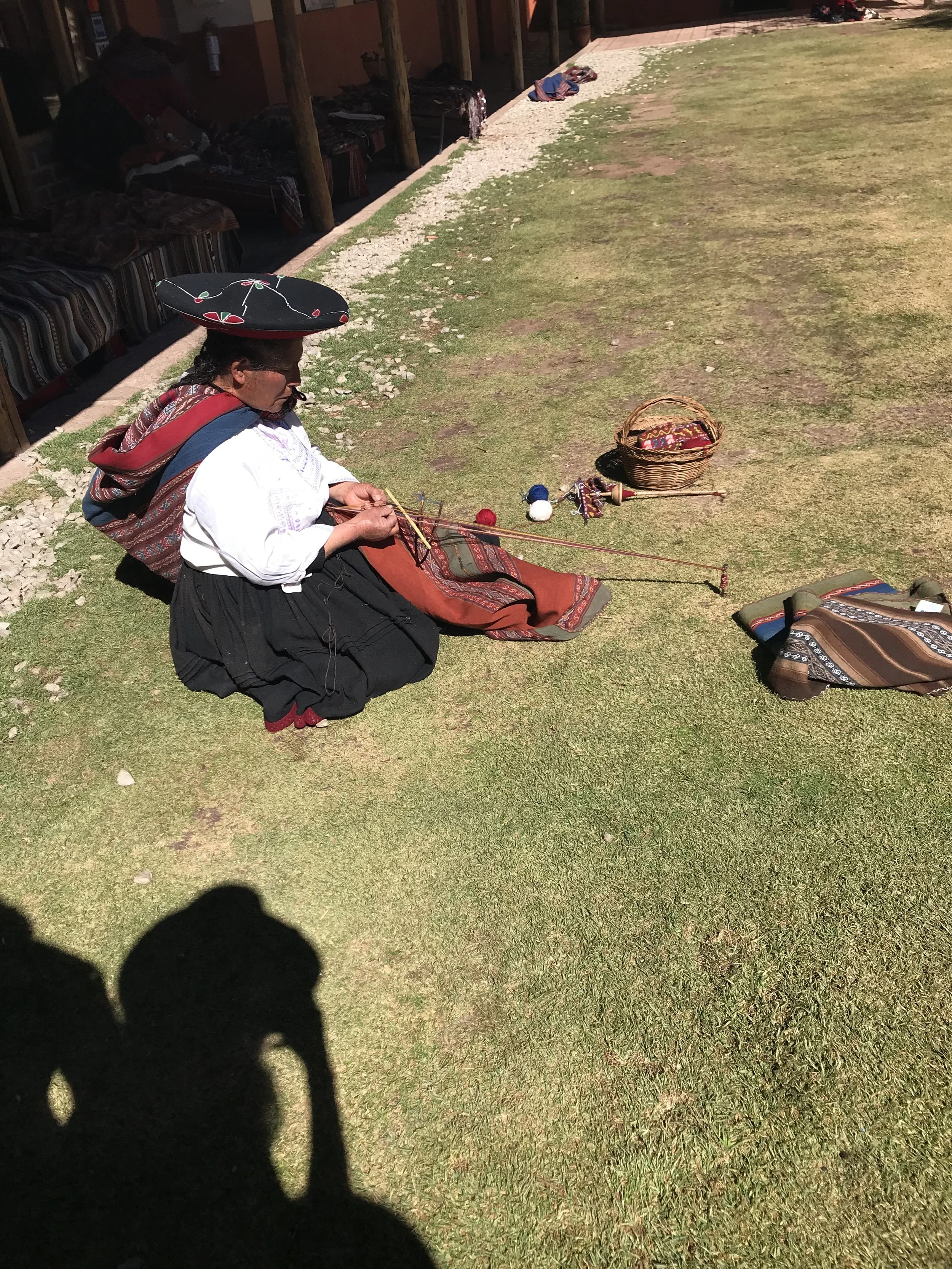PERU 2018
I was lucky enough to have the opportunity to attend a two week study abroad trip to peru during my summer of 2018. I was able to visit Cuzco and Lima, Peru in these two weeks. I absorbed the culture to the best of my abilities by acknowledging the art, architecture, and cuisine. I started my trip in Lima where I toured the beautiful Larco museum. This museum was a mansion that now holds pre-columbian artifacts including ceramic erotica. I studied artifacts like vases, bowls, and statues that dated back to 1200 BC. I also met with a local potter who was generous enough to talk about the process of making the pottery and his inspiration.
I then flew to Cuzco, a city in the peruvian andes, which was once the capital of the Incan empire. I was immersed in spanish colonial architecture, archaeological remains, and inca stone work. As I toured through Plaza de Armas I noticed hand crafted balconies and Incan wall ruins. I hiked up Machu Pichu where I had my breath taken away by the panoramic view of 15th century ancient Incan civilization ruins. This is where I learned about the mortar free construction of the dry limestone walls and intriguing structures that depict astrological alignments. Along with this insane view I gained the understanding of the iconic hilltop Incas irrigation system which was done by carving out terraces in the side of the mountain. Allowing the top terrace to water each level below.








Another once in a lifetime experience I was exposed to was the salt mines of Maras. This natural salt spring flows into small pools carved out into the sides of the mountain. Once the water evaporates white salt is left on top and pink salt is under to be harvested using traditional methods by locals. This was a very important experience because I saw the process of a fundamental ingredient used in my everyday life. On top of my astonishing views I witnessed the San Pedro Central Market and Miraflores. These were two very different but informing types of shopping. The San Pedro Central Market felt very authentic and I viewed many locals retrieving their weekly groceries. While Miraflores is one of the wealthiest districts in Lima with an upscale shopping district and many department stores.
My favorite experience I found in Peru was interactively learning about how alpaca wool is spun, dyed, and woven to make blankets. First the alpace wool is shaved off the animal then it is spun using a wooden drop spindle. After it is naturally dyed using Cochineal which is a small insect that produces pigments of red, purple, and pink. Lastly it is dried and then hand woven using a wooden loom. This process was very informative and has made an impression on me to do my best at using natural dyes and traditional methods. I also appreciate the artistry much more and am aware of how much goes into creating these expensive fabrics and fibers.



















